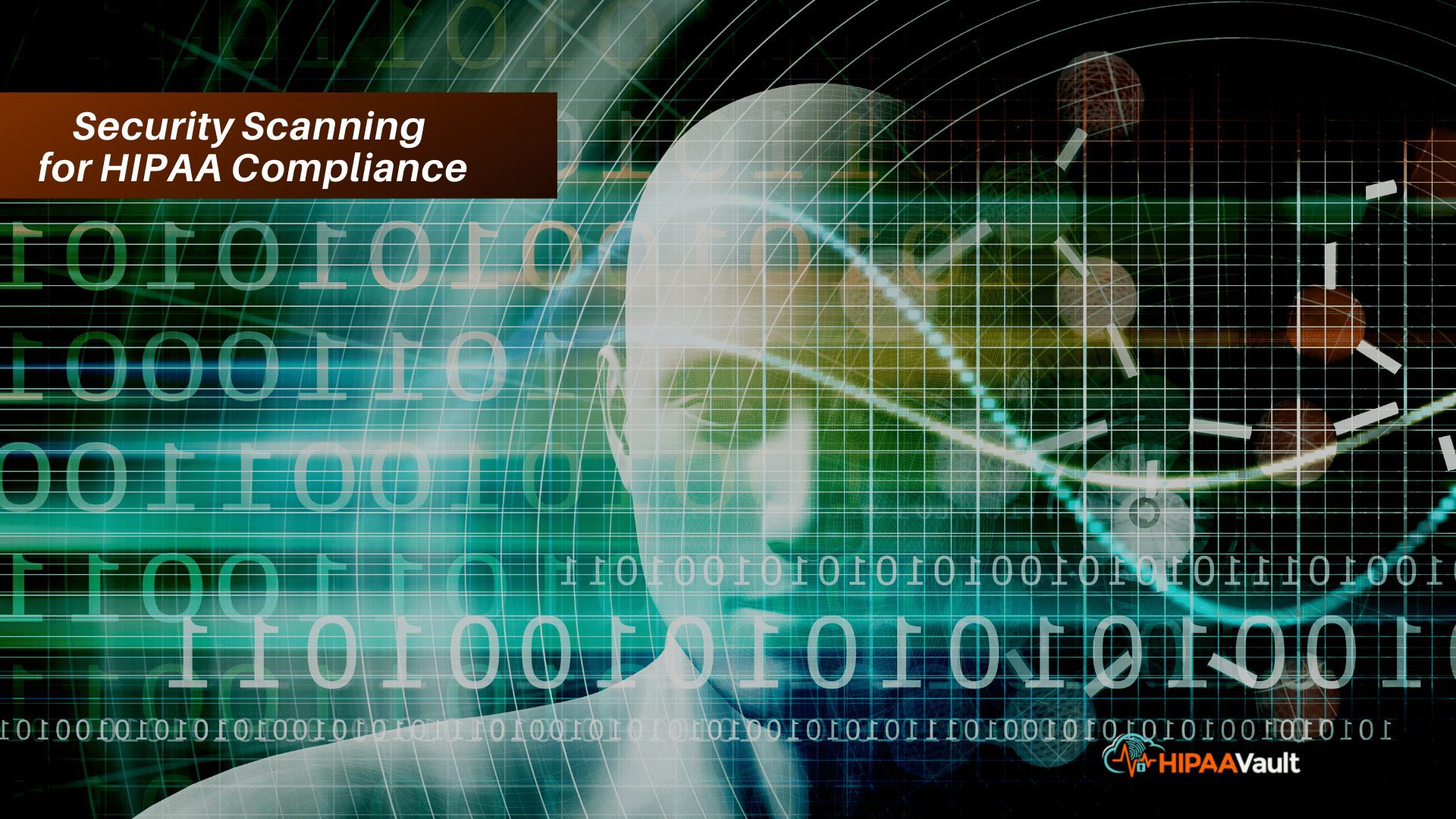
In the world of healthcare, protecting patient data is as crucial as safeguarding their physical well-being. Just as medical professionals rely on specialized scans to diagnose potential health issues, HIPAA-compliant organizations must employ robust security scanning techniques to identify and mitigate cybersecurity risks. But why is this so important?
According to a 2023 report by Positive Technologies, 93% of healthcare organizations were found to have vulnerabilities that could be exploited by external attackers during penetration testing exercises. This startling statistic underscores the critical need for comprehensive security scanning in HIPAA-compliant environments.
The Importance of Security Scans in Healthcare
Security scans are an essential component of the HIPAA Security Rule Risk Analysis. They help conduct an “accurate and thorough assessment of the potential risks and vulnerabilities” to systems containing Protected Health Information (PHI). The ultimate goal? Ensuring the confidentiality, integrity, and availability (CIA) of patient data.
Think of security scans as an extension of medical scans. Just as an MRI can reveal hidden health issues, a well-executed security scan can uncover potential vulnerabilities in your digital infrastructure. And in today’s interconnected healthcare landscape, the health of your IT systems directly impacts patient care.
Defining Security Incidents in HIPAA-Compliant Environments
Before we delve deeper into security scanning, it’s crucial to understand what constitutes a security incident. In the context of HIPAA compliance, a security incident isn’t limited to successful breaches. Even an attempt to access, use, disclose, modify, or destroy PHI without authorization is classified as a security incident.Common examples include:
- Unauthorized attempts to obtain credentials (e.g., brute-force password attacks)
- Improper management of equipment containing PHI
- Attempts to deploy malware (viruses, ransomware, etc.)
Remember, the most common infection vector in healthcare systems is phishing, typically via spam email. This highlights the need for comprehensive security measures that go beyond just technical solutions.
Types of Security Scans for HIPAA Compliance
1. External Security: Penetration Testing
What is Penetration Testing?
Penetration testing, or “pen testing,” is a form of ethical hacking performed by security experts to assess your organization’s external defenses. It’s a real-world test of your security measures, providing visibility into your system’s resistance to actual vulnerabilities.
Benefits of Pen Testing for HIPAA Compliance
Pen testing is crucial for maintaining HIPAA compliance. It helps identify potential entry points for cybercriminals and allows you to address these vulnerabilities before they can be exploited. Given that 67% of healthcare organizations experienced a cyberattack in the past year, with 38% of those attacks exploiting known vulnerabilities, regular pen testing is more important than ever.
2. Internal Security: Vulnerability Assessments
Understanding Vulnerability Assessments
While pen testing focuses on external threats, vulnerability assessments look inward. These scans identify potential weaknesses and actual malware within your internal systems, ensuring all software is up-to-date and secure.
Continuous Scanning and Remediation
Continuous vulnerability assessment scans are a critical component of HIPAA-compliant hosting. They allow for 24/7/365 mitigation and patching, keeping all systems updated with the latest security measures.
Implementing Effective Risk Analysis for HIPAA Compliance
The Role of Risk Analysis in HIPAA Security Rule
Risk analysis is at the heart of HIPAA compliance. It involves identifying potential risks and vulnerabilities that could compromise the confidentiality, integrity, and availability of PHI. Regular security scanning is a key component of this ongoing process.
Common Threats and Vulnerabilities in Healthcare Cybersecurity
Healthcare organizations face a myriad of cybersecurity threats, from sophisticated ransomware attacks to insider threats. A 2023 survey revealed that 90% of healthcare organizations have at least one critical vulnerability exposed on the internet. This emphasizes the need for comprehensive vulnerability assessments and robust malware detection systems.
Best Practices for HIPAA-Compliant Security Scanning
Developing a Comprehensive Security Scanning Strategy
To ensure HIPAA compliance, organizations should implement a multi-faceted security scanning strategy that includes:
- Regular external penetration testing
- Continuous internal vulnerability assessments
- Prompt remediation of identified vulnerabilities
- Ongoing staff training on cybersecurity best practices
Choosing the Right Security Scanning Tools and Partners
Selecting the right tools and partners for your security scanning needs is crucial. Look for solutions that offer comprehensive coverage, real-time monitoring, and expert support in interpreting and acting on scan results.
Strengthening Your HIPAA Compliance Through Security Scanning
In today’s digital healthcare landscape, robust security scanning is not just a compliance requirement—it’s a critical component of patient care. By implementing comprehensive penetration testing and vulnerability assessments, healthcare organizations can significantly reduce their risk of data breaches and ensure the protection of sensitive patient information.
Remember, HIPAA compliance is an ongoing process. Regular security scans, coupled with prompt remediation and continuous improvement, are your best defense against evolving cybersecurity threats. By prioritizing these measures, you’re not just protecting data—you’re safeguarding patient trust and your organization’s reputation





